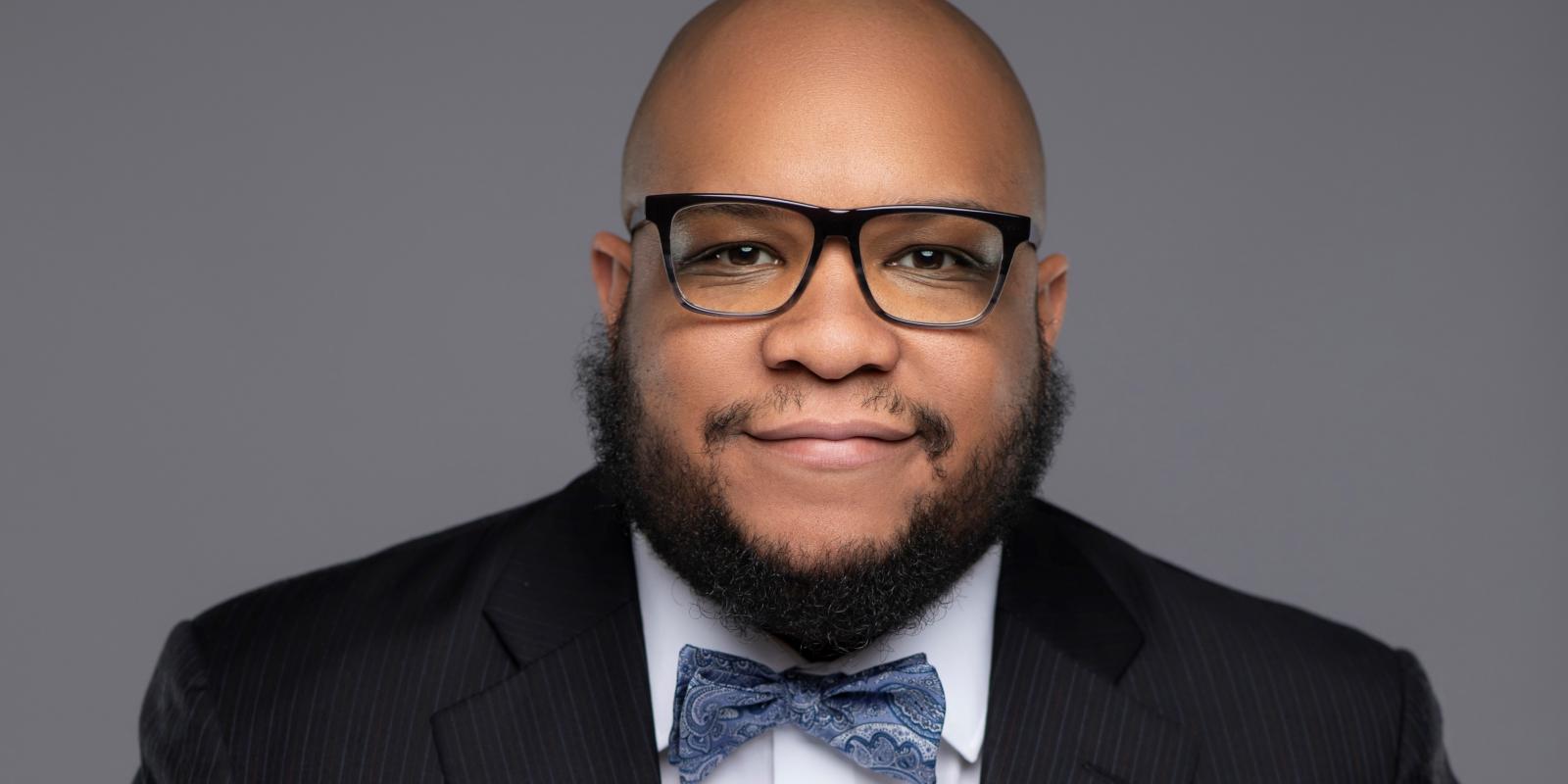Editor’s Note: The John A. Hartford Foundation is collaborating with ASA to advance equity in aging by supporting ASA RISE, a 20-week social justice and leadership program for rising leaders of color in aging, and via the development and dissemination of equity-related, partnership-based thought leadership through ASA’s Generations platform. This blog post from an ASA RISE Fellow is the 13th in that series.
Last year, when I explored applying for the American Society on Aging (ASA) RISE Fellowship, I did so with the expectation that it would provide strategic direction for my emerging professional career in aging. I needed to choose a fellowship that supported my professional objectives and recognized my intersectionality as an African American man, husband, father, caregiver, friend, clinician and professional, among many other identities.
I was ecstatic to be selected for the second cohort of ASA RISE Fellows in August of last year. And I was appreciative of the opportunity to work alongside such a unique and diverse (in identity, intersectionality and experience) group of budding leaders in the field of aging.
I still recall receiving and reading the email from our leaders, Dr. Patrice Dickerson and Cynthia Banks confirming my participation in the fellowship. In addition to excitement, I also felt an overwhelming sense of gratitude and responsibility for the upcoming opportunity.
Once the fellowship began, the first order of business was to give the cohort a name that provided strategic direction and emphasis for our time in the fellowship. The inaugural class of ASA RISE fellows was called “The Accomplices” and “Co-Conspirators.” Their call to action transcended passive “allyship” and demanded a more active involvement in disrupting systemic injustices. Yet, as the second cohort, we were instructed to delve deeper into what it means to proactively “disrupt” and demolish the structures, practices, habits and policies at the root of the injustices present in the aging field. Hence, we were dubbed “The Disruptors.”
‘How might oppressive and unequal systems be purposefully disrupted to better serve older adults?’
Upon first hearing the name, it seemed intimidating to actualize. Nevertheless, it stirred my curiosity: How do you strategically disrupt the field of aging? How might oppressive and unequal systems be purposefully disrupted to better serve older adults? I didn’t know the answer, but I knew now I would have to rigorously seek it out.
To my delight, Dr. Dickerson and Cynthia Banks had already developed a syllabus that addressed my inquisitiveness and would guide the cohort forward. Every week, our cohort had the pleasure of learning from renowned BIPOC leaders and contributors in the field of aging and DEI, such as Dr. Keith Earley, Ryann Hill, and Dr. Fernando Torres-Gill, to mention a few. Each of them demanded that we investigate the power structures that impeded the growth of the aging field. In addition, they imparted pearls of knowledge and wisdom regarding advocacy, policy, social justice, and leading with an equity lens.
Although the fellowship is ongoing, I have extracted the following pearls of knowledge from our fellowship leaders, guest contributors and cohort colleagues about being a strategic disruptor:
- Being a strategic disruptor necessitates an action plan or strategy. Thinking critically and assessing the risks and benefits of any disruptive approach is essential. Also, this can help identify possible opportunities for disruption and aid in capitalizing on them.
- Collaborating with others and creating relationships with key stakeholders is critical to being a strategic disruptor. It helps garner support for a plan or approach and assists in its possible implementation.
- As a strategic disruptor, you must realize that you possess disruptive power. The kind of power that can create or resist change in every interaction and activity in which we engage daily.
Thus far, the ASA RISE Fellowship has been a unique opportunity that has served as a launching pad for the next generation of diverse and disruptive leaders in the field of aging. It has fostered my development as a leader and provides a road map for proactively breaking the inequitable processes plaguing older adults in our communities.
I acknowledge that being a “disruptor” is neither always easy nor welcomed, but it is vital for advancing the field of aging. And although the fellowship is nearing its end, we are just getting started in this work because there is so much more to learn about strategically disrupting the oppressive structures and dismantling the systemic inequities within the aging field.
Maurice Haskins, MSW, LCSW-C, is a medical/geriatric clinical social worker at Inova Health System and a doctoral student at the University of Pennsylvania.













